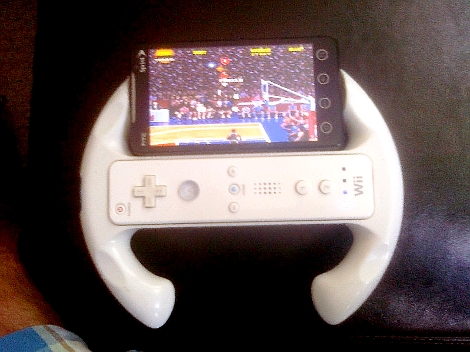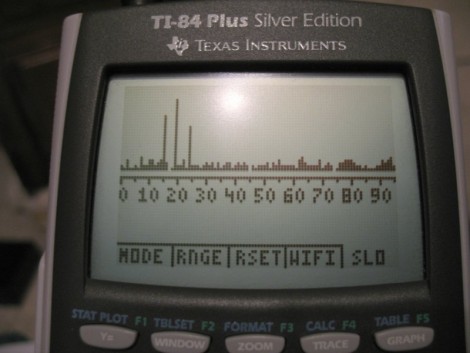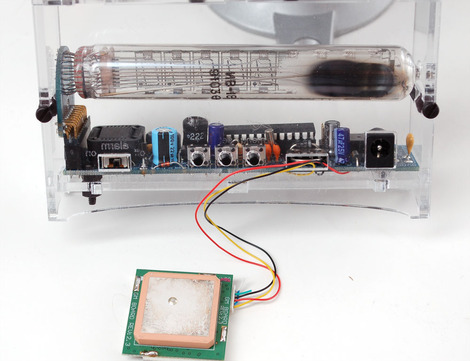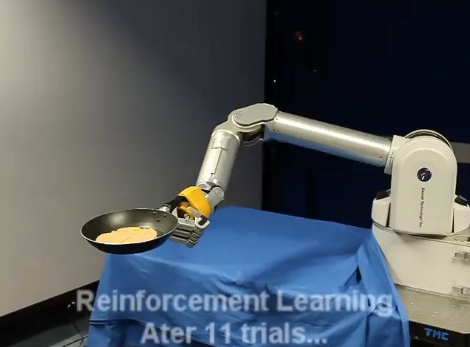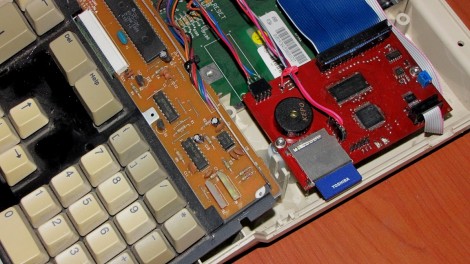
Wired took a look at this year’s Ninja Party badges. We were giddy about all the goodies involved in last year’s must-have badge that served as an invitation to the party. It was tailor-made for hacking, including an on-board disassembler. This year’s details are still a bit sparse but the offering is more along the lines of a market-ready product. The badges come in hand held gaming format, with a d-pad and two buttons. They can connect wirelessly with each other and with hidden base stations, allowing participants to fight in the digital realm for LED-indicated achievements. The teaser is tantalizing and we can’t wait to hear details about the real/digital gaming adventure soon to unfold.

